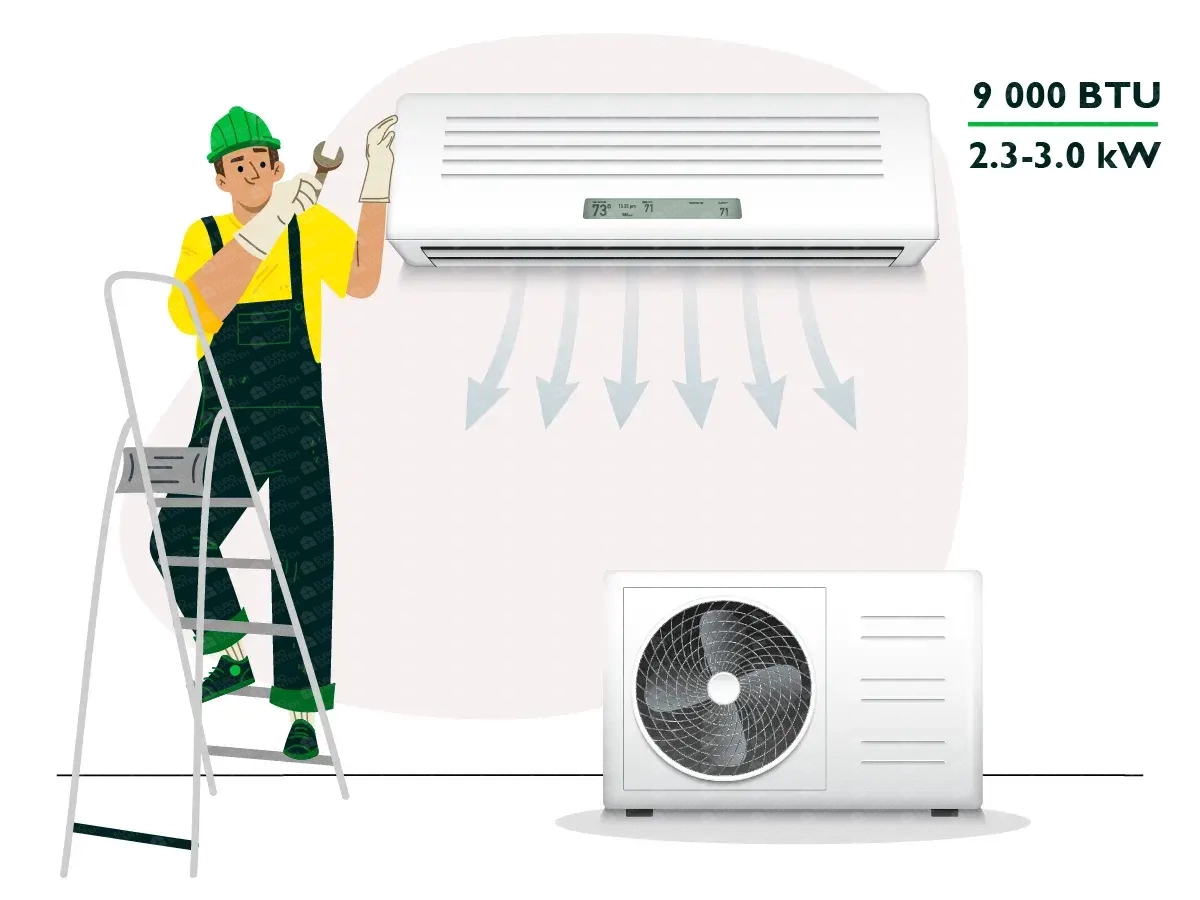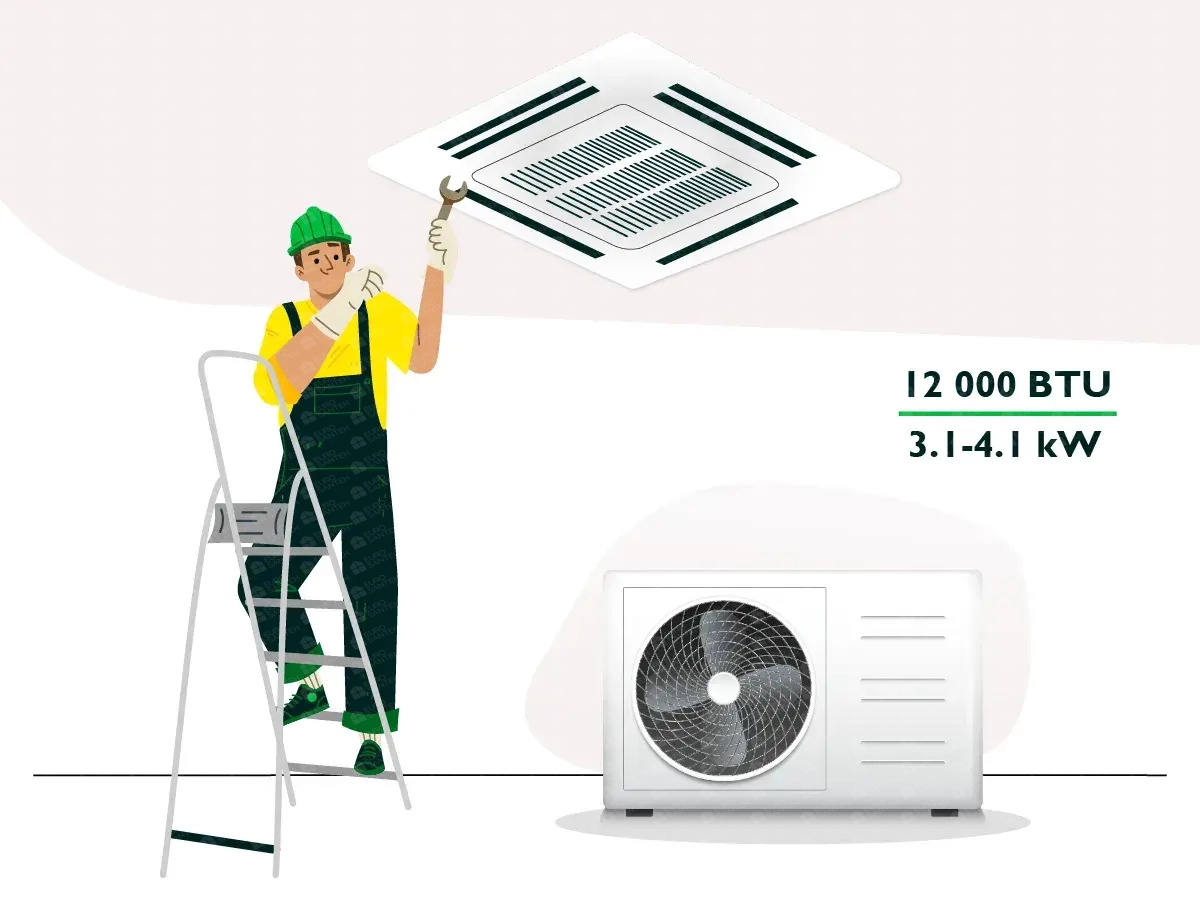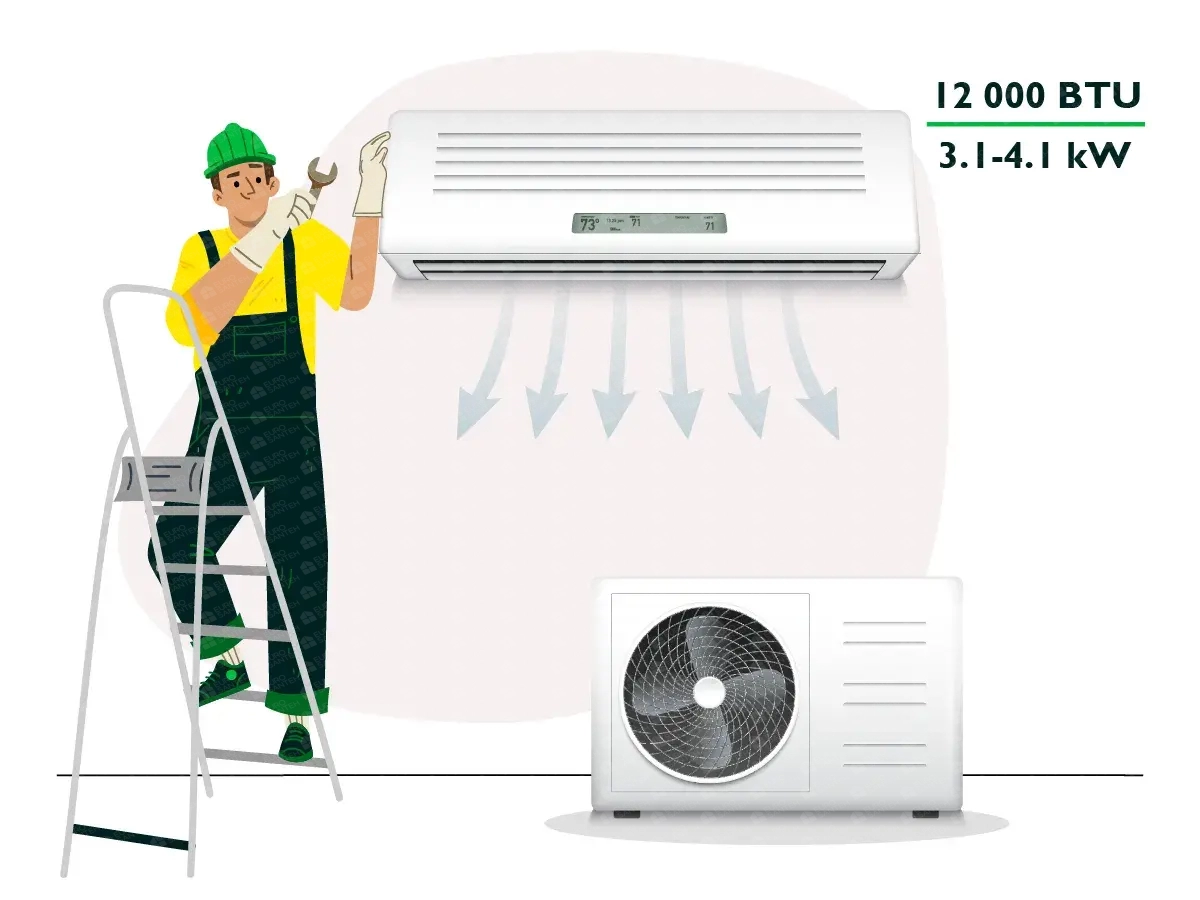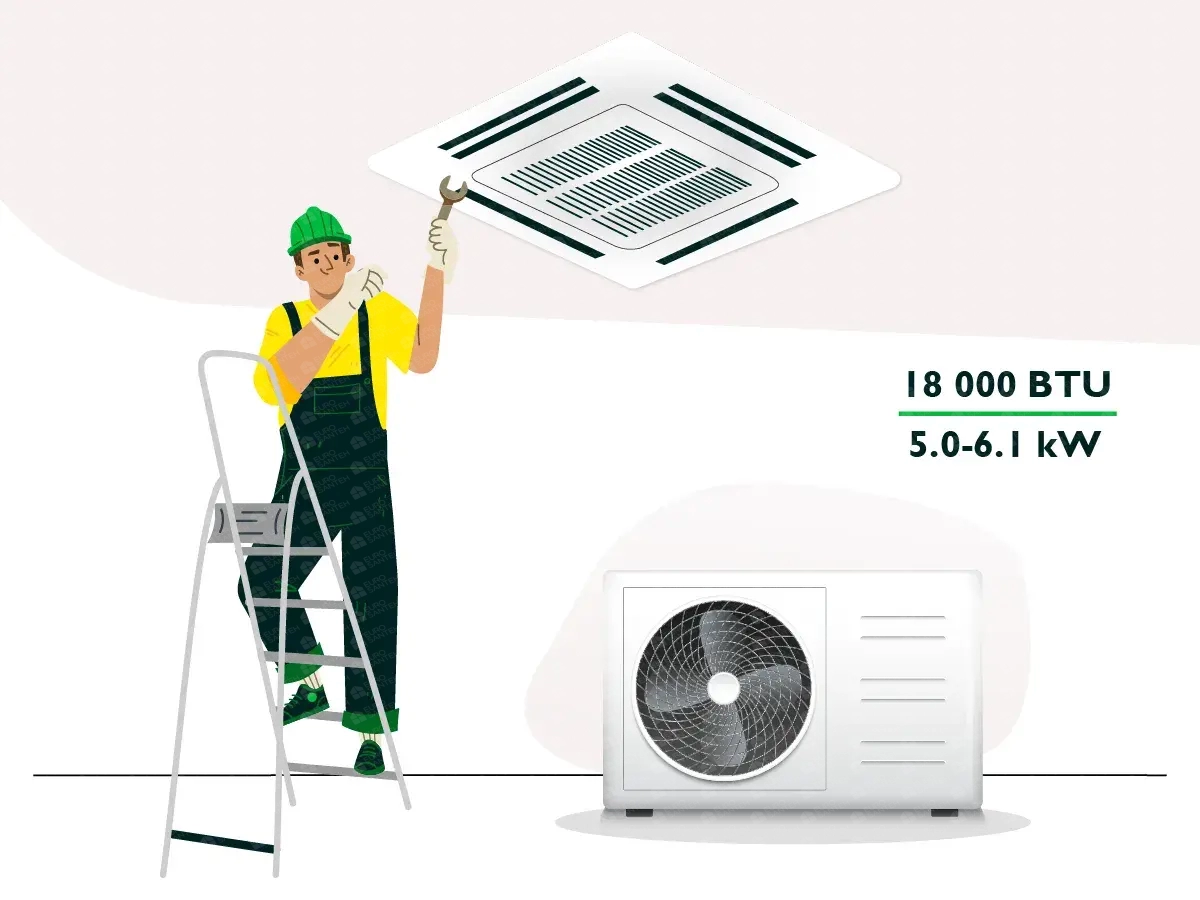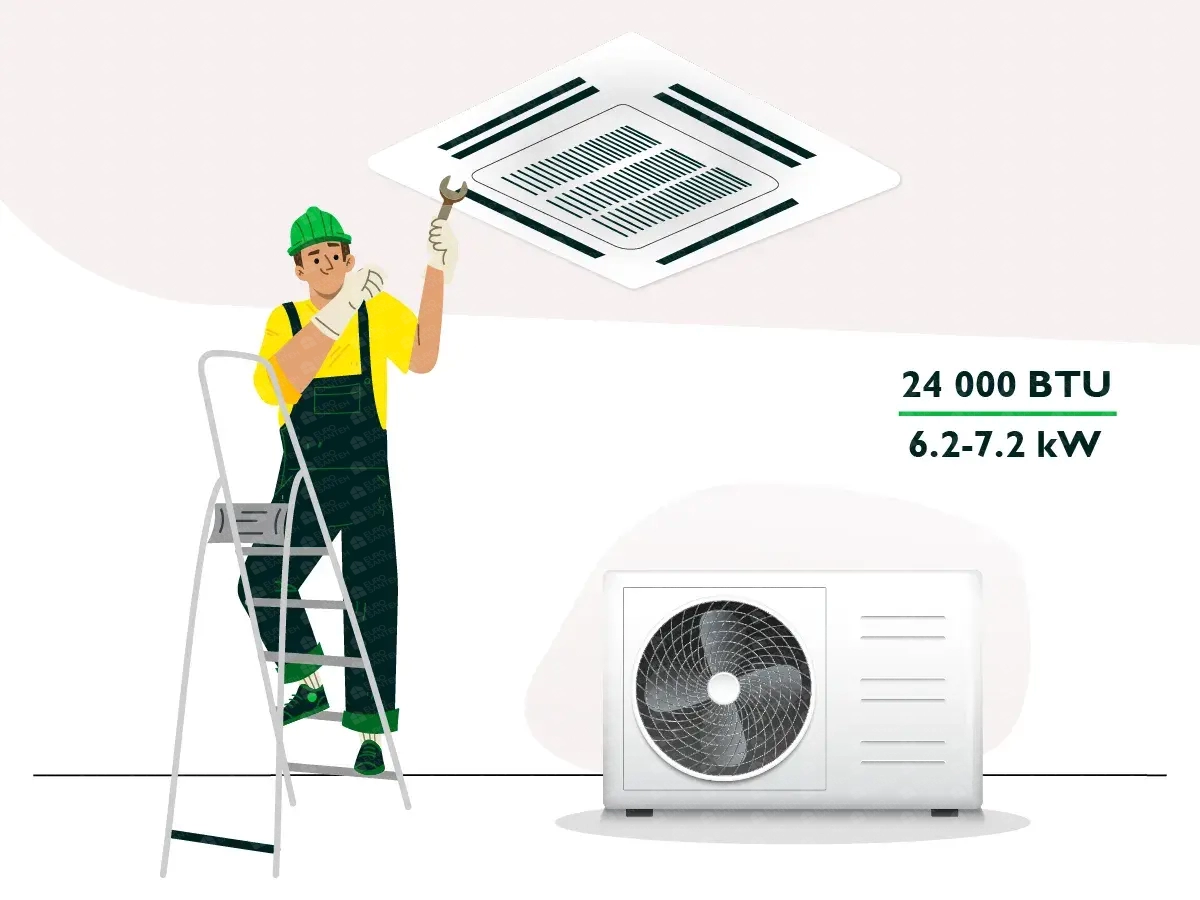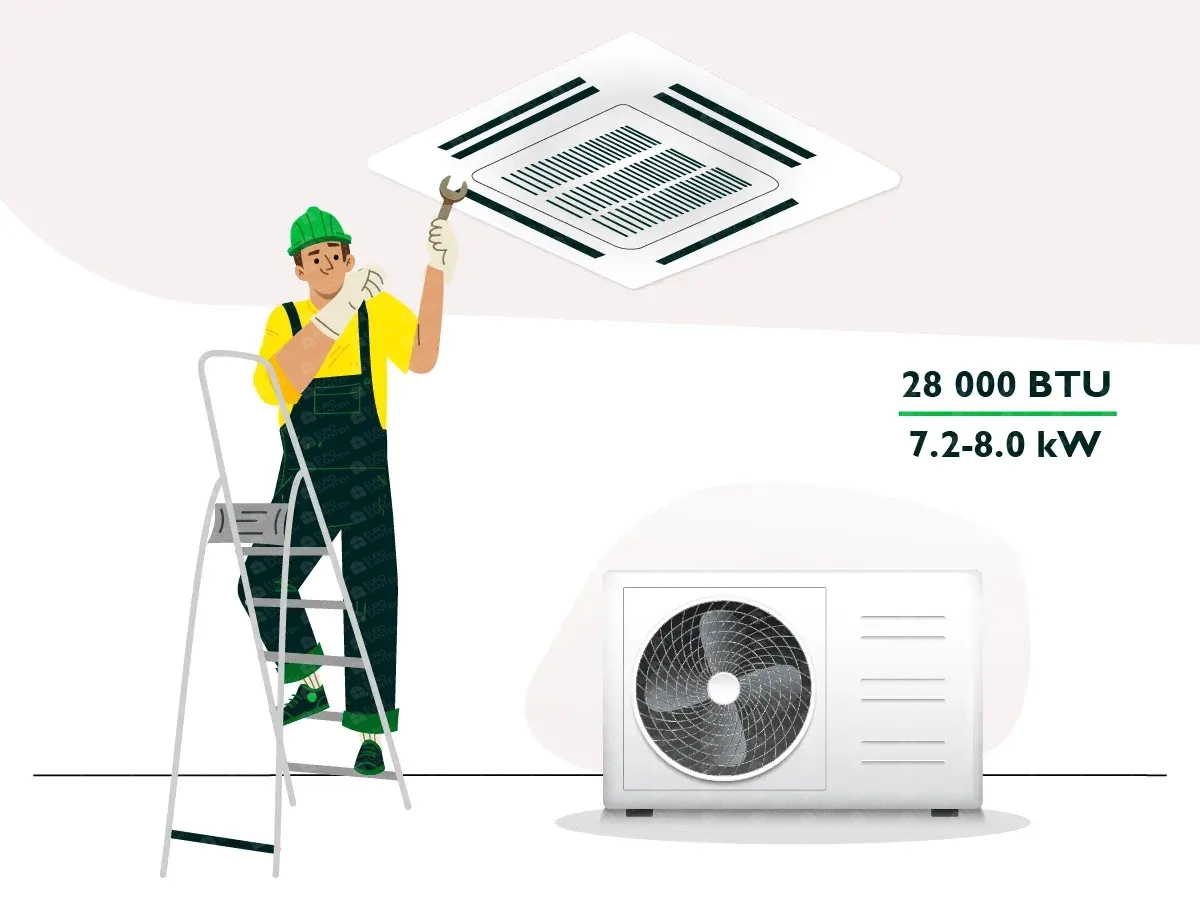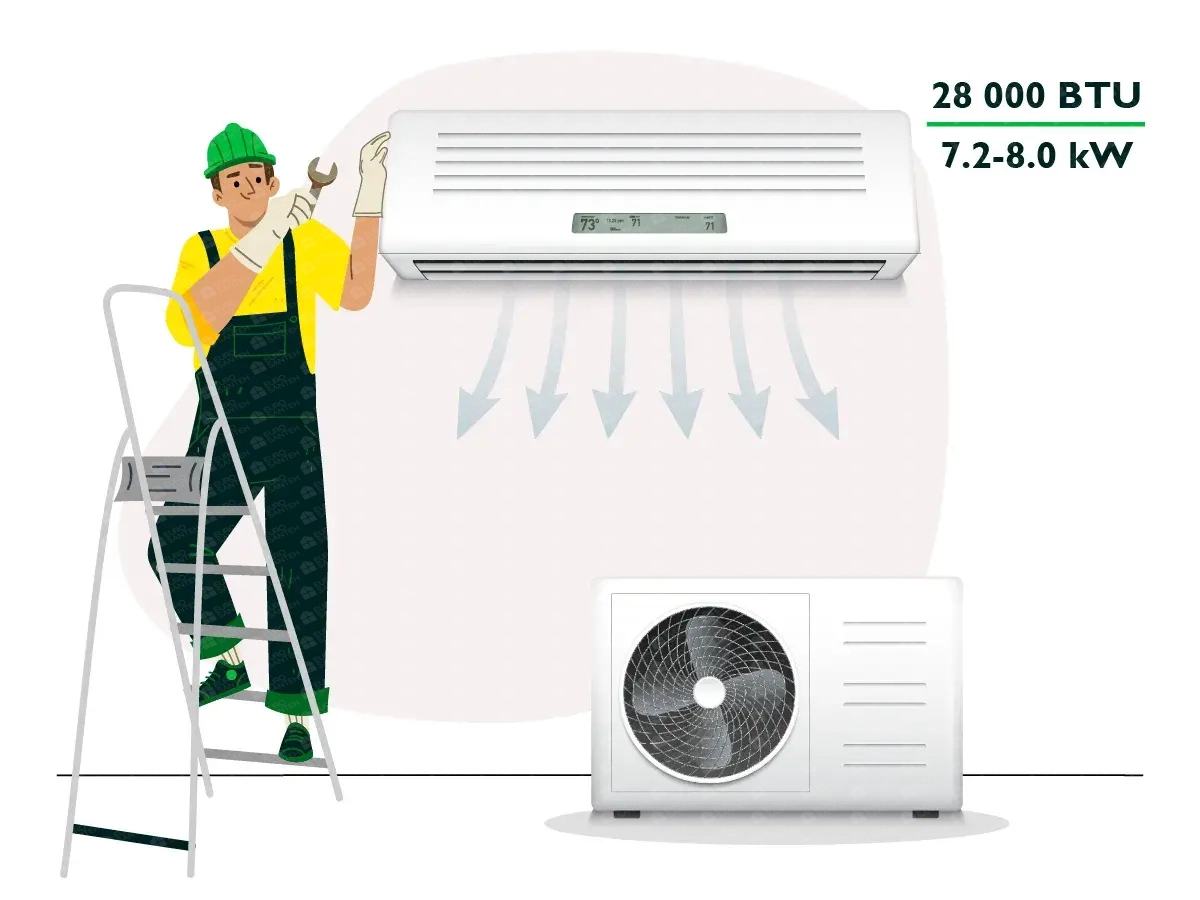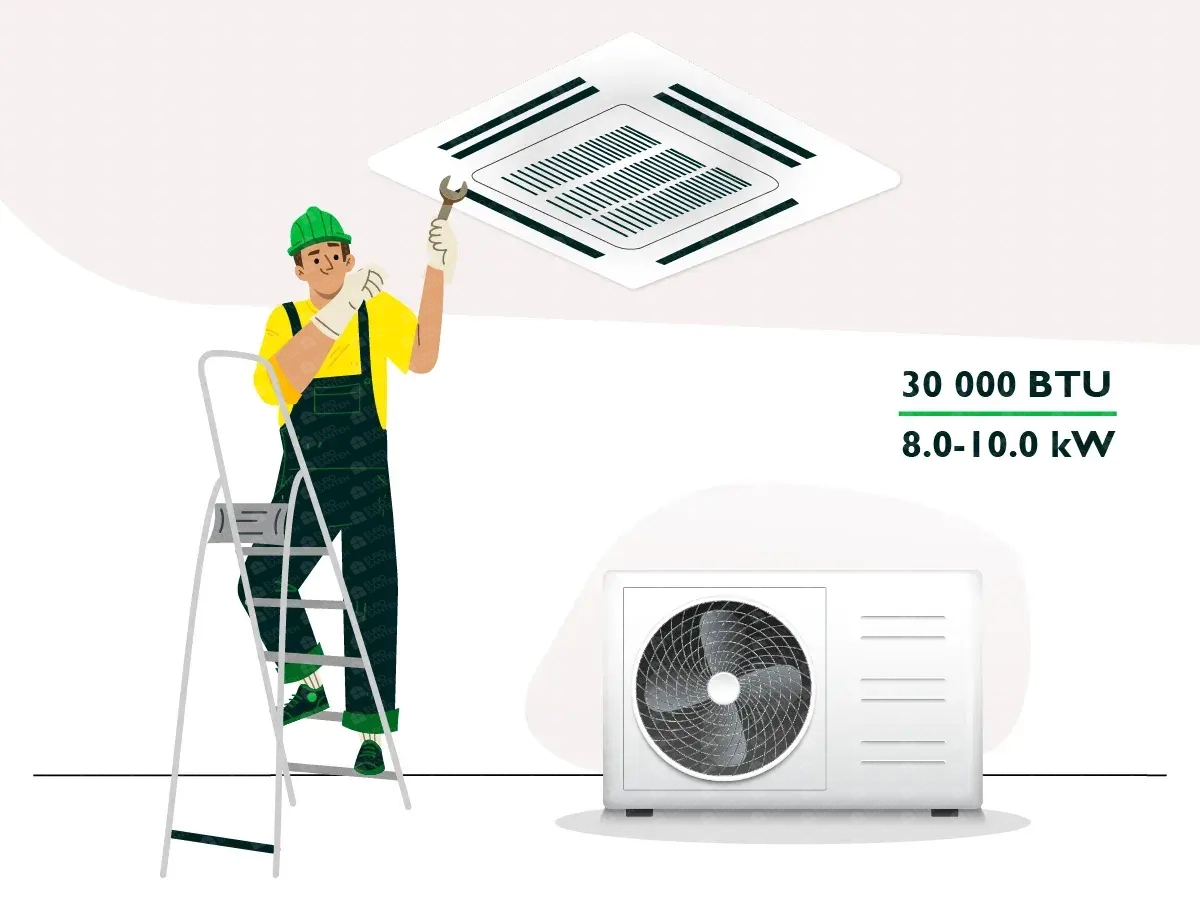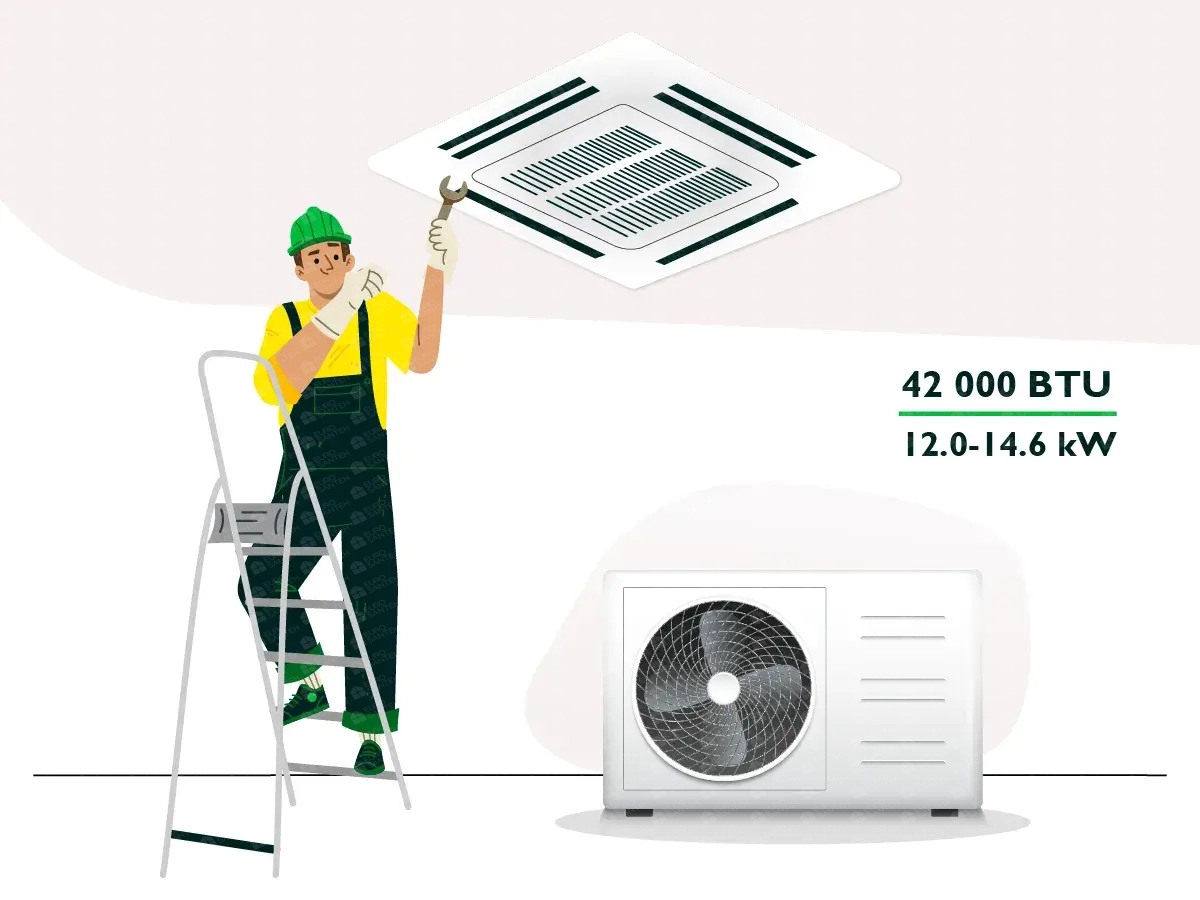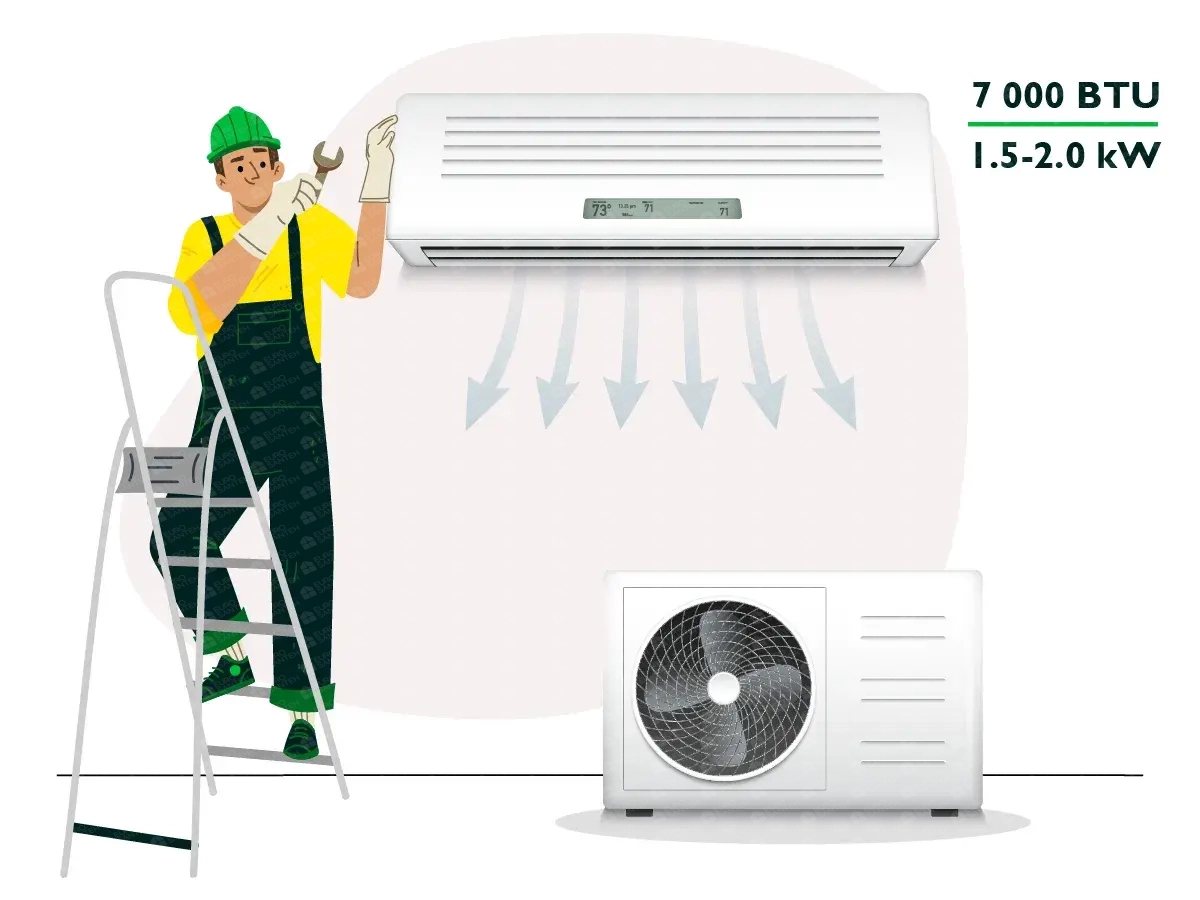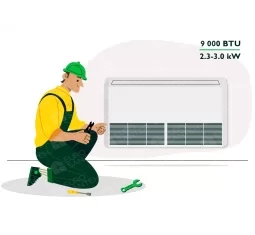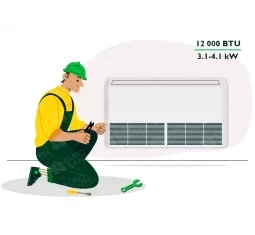Air conditioner installation at height in Chisinau
Installing an air conditioner at height presents unique challenges and requires careful planning and execution to ensure safety, efficiency, and compliance with building regulations. Whether for residential or commercial purposes, such installations are common in urban settings where space constraints or architectural considerations necessitate placing HVAC systems at elevated locations. In this detailed guide, we will explore the intricacies, technical considerations, and benefits associated with air conditioner installation at height.
Pre-Installation Planning
Before embarking on the actual installation process, thorough planning and preparation are essential:
Structural Assessment: Conducting a comprehensive structural assessment of the building to evaluate its load-bearing capacity and suitability for supporting the weight of the air conditioning unit at height.
Location Evaluation: Careful selection of the installation location to optimize accessibility for maintenance, minimize noise impact on occupants, and ensure adequate ventilation for the air conditioner.
Safety Measures: Implementing robust safety measures to protect workers during installation and maintenance activities, including the use of appropriate personal protective equipment (PPE) and safety harnesses.
Installation Process
The process of installing an air conditioner at height typically includes the following key steps:
Mounting the Outdoor Unit: Securing the outdoor unit, which houses the compressors and condensers, to the designated height using specialized mounting brackets or frames. This step ensures stability and durability against environmental factors such as wind and vibrations.
Routing Refrigerant Lines and Electrical Wiring: Carefully routing refrigerant lines and electrical cables from the outdoor unit to the indoor units, ensuring proper insulation and protection against weather elements to maintain system efficiency.
Installation of Indoor Units: Installing indoor units such as wall-mounted or ceiling-mounted air handlers inside the building, strategically positioned to achieve optimal airflow and cooling efficiency across the designated spaces.
Testing and Commissioning: Conducting thorough testing of the entire system post-installation to verify proper functionality, including checking refrigerant levels, airflow balance, and temperature control settings.
Advantages of Installation at Height
Space Optimization: Installing air conditioners at height maximizes usable space on the ground level for other purposes, such as parking or outdoor recreational areas.
Noise Reduction: Positioning outdoor units at height helps minimize noise pollution inside the building, enhancing comfort for occupants.
Enhanced Air Circulation: Elevated installations benefit from improved airflow and ventilation, contributing to more efficient cooling performance and energy savings.
Environmental Considerations
Energy Efficiency: Opting for energy-efficient air conditioning units reduces electricity consumption and operational costs over time, supporting sustainable building practices.
Climate Adaptability: High-level installations can incorporate weather-resistant materials and coatings to withstand varying climatic conditions, enhancing system longevity and performance reliability.
Maintenance and Safety Protocols
Regular maintenance is crucial for air conditioning units installed at height to ensure longevity and optimal performance. Maintenance tasks include cleaning filters, inspecting refrigerant levels, and conducting periodic system inspections to identify and address potential issues promptly.
Conclusion
Installing an air conditioner at height requires meticulous planning, adherence to safety protocols, and expertise in HVAC systems to ensure successful implementation. By considering structural integrity, location suitability, and efficient system design, high-level installations can provide effective cooling solutions for both residential and commercial buildings. Consulting with qualified HVAC professionals and complying with local building codes are essential steps in achieving safe and efficient air conditioner installation at height, ensuring comfort and sustainability for building occupants.
